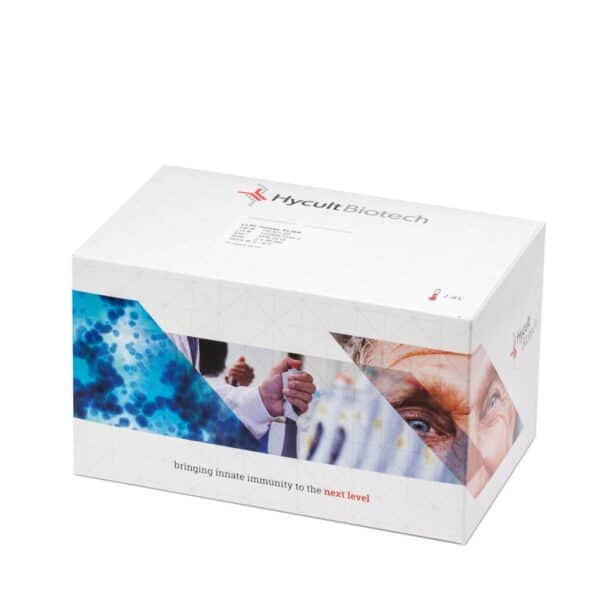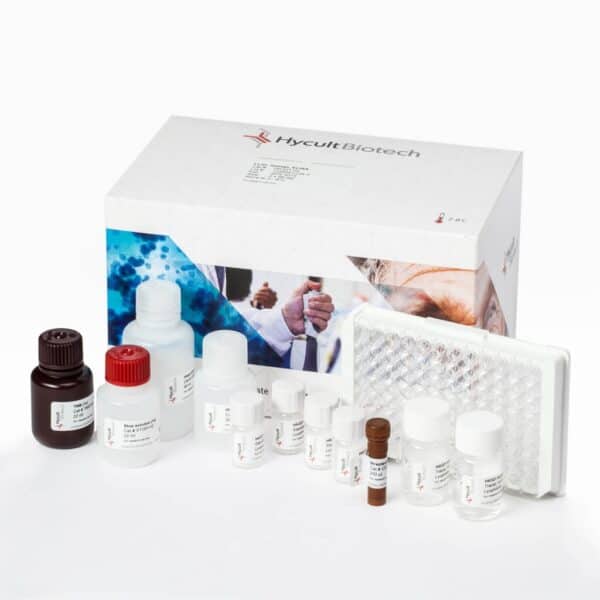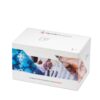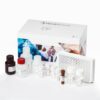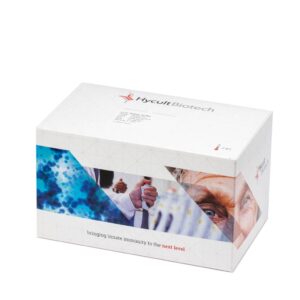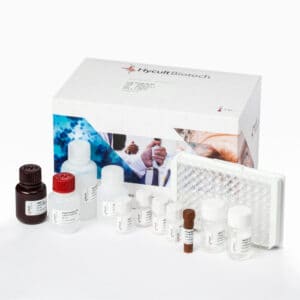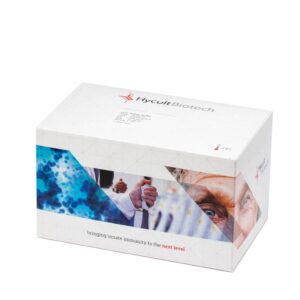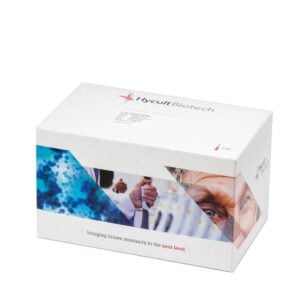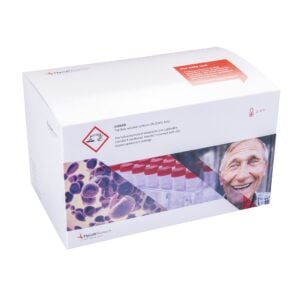Properdin, Human, ELISA kit
Properdin, a vital component of the body’s immune defense, is a key glycoprotein in the alternative complement pathway.
Read more€825.00 €1,359.00Price range: €825.00 through €1,359.00
Properdin is a cornerstone glycoprotein in the alternative complement pathway. Anchoring the immune response, Properdin predominantly circulates as dynamic trimers, vital for stabilizing the C3bBb complex. This key role not only amplifies the body’s defense mechanism but also significantly prolongs the lifespan of immune complexes.
Properdin deficiencies, passed down as X-linked traits, range from complete inactivity to dysfunctional forms, crucially influencing the immune system’s effectiveness. With levels varying between 5 to 25 μg/mL in healthy individuals, Properdin emerges as a critical biomarker in immune regulation research, especially in conditions like diabetes. Properdin has the potential of giving new insights in immunological studies and therapeutic developments.
You may also like…
-
View product €825.00 €1,359.00Price range: €825.00 through €1,359.00
-
View product €894.00 €1,443.00Price range: €894.00 through €1,443.00
-
View product €825.00 €1,359.00Price range: €825.00 through €1,359.00
-
View product €741.00
